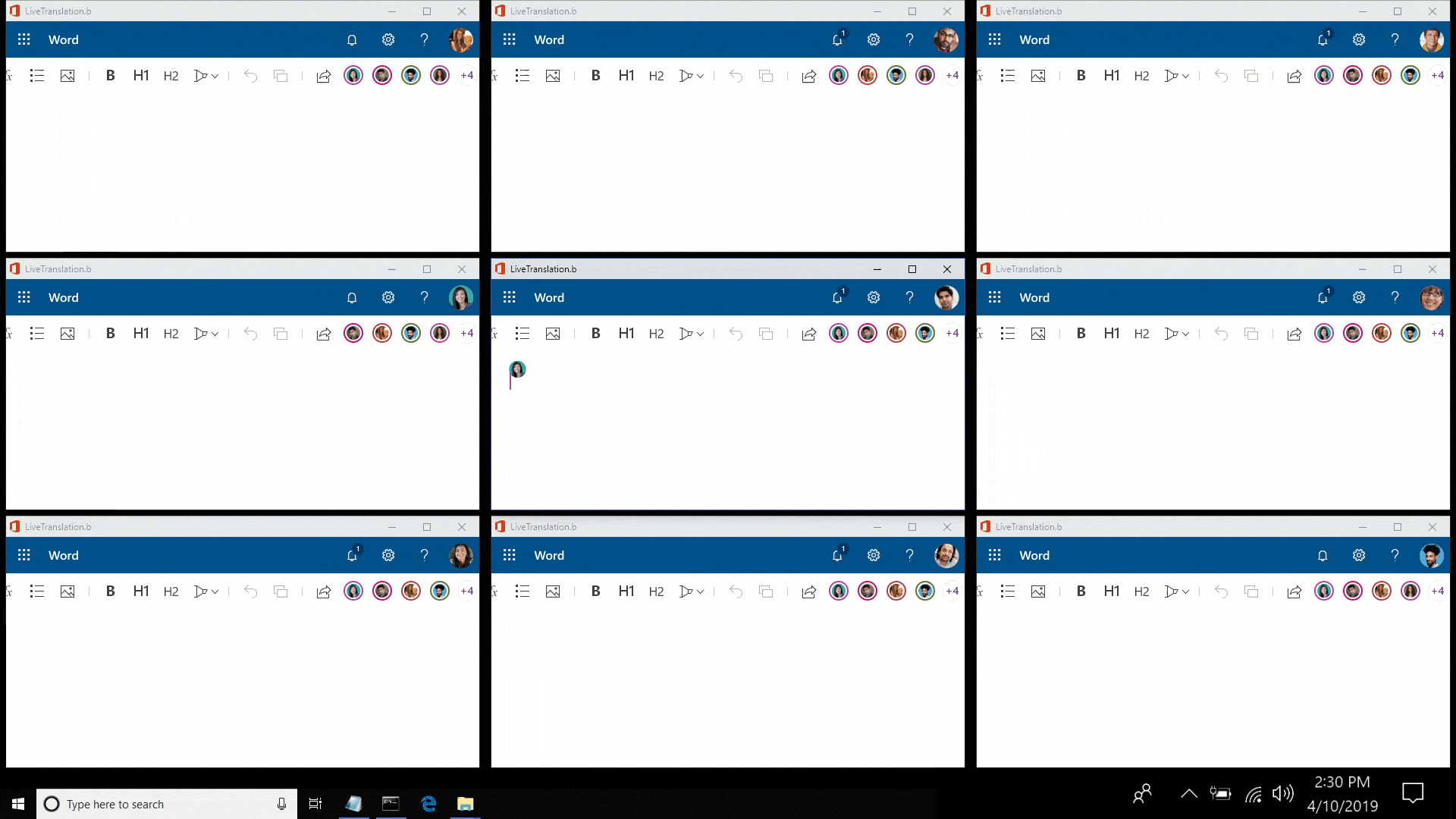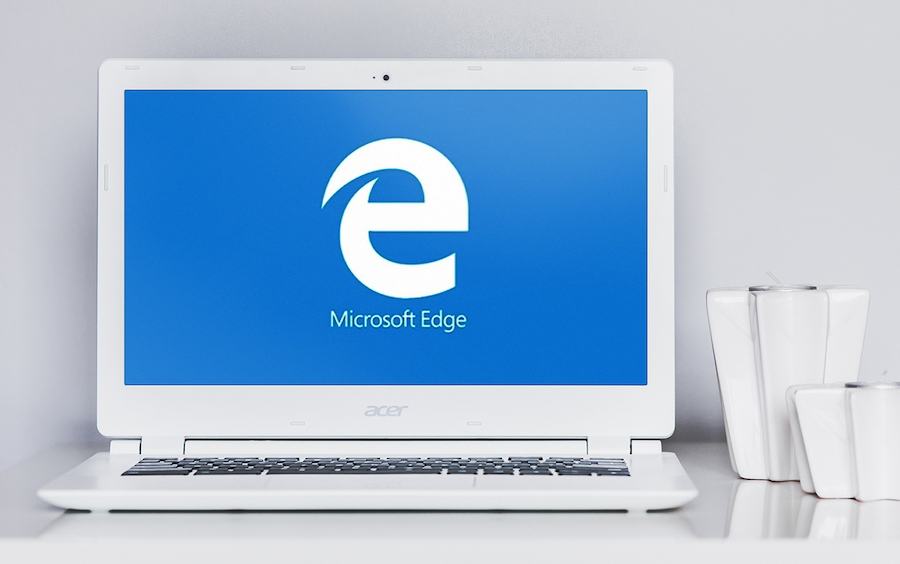Microsoft Edge will now include legacy support for older websites within it for easy usage. Furthermore, the company also announced Collections, improved privacy settings, support for enterprise and a preview of Fluid Framework for the Chromium-based browser – Microsoft Edge.
Microsoft Edge Legacy Support
According to Microsoft, almost 60% of businesses still rely on legacy support, which is only supported by Internet Explorer. Whenever these older legacy websites are accessed, they force the user to switch to IE from their current. That will no longer be the case as Microsoft Edge will have an inbuilt Internet Explorer mode for easy accessibility.
Along with this, the front page of Microsoft Edge will feature all the recent user documents. The integration of these documents with the Bing search is also enabled in the new Microsoft Edge update.
Microsoft Edge Brings Improved Privacy Settings
Microsoft Edge will feature three privacy settings namely:
- Unrestricted — Block Malicious Content, Allows trackers and personalized ads
- Balanced — Blocks Malware, blocks tracker from unvisited sites, fewer ads
- Strict — Blocks all malware, all trackers and users will see minimal ads
The privacy settings can be accessed either in the ‘Privacy and Settings’ tab or by clicking on the lock icon in the upper left corner of the screen. The pop-up menu will show the current active privacy mode, the number of trackers allowed and the number of trackers blocked.
Microsoft Edge Collection Support
By far the most impressive feature on Microsoft Edge is the ‘Collections’ support. It is a boon to the web-productivity which allows users to easily gather, share and keep track of data while researching online.
Collections can be accessed by clicking the box icon on the upper right corner of the screen. This feature pre-formats and neatly keeps all of the user data inside it which can also be easily transferred to other applications.
Collections allows the collected data including paragraphs, images, and lists to be sent directly via e-mail and into other apps like Word and Excel, with automatic formatting.
Collections also keeps track of the citations of paragraphs and images, which are also automatically transferred into the respective apps.
Lists of products like the one found on Amazon could also be easily copied and pasted into collections for easy comparison.
Microsoft Edge Fluid Framework

Microsoft also announced the Fluid Framework for seamless integration of documents, productivity applications and fluid elements across all browsers. The Fluid Framework demo showcased the collaborative document editing being done by two people in one file using two different browsers.
The delay between actions was almost negligible and all changes in documents took place in real time.
The demo also showcased real-time language translation across different browsers using Fluid Framework. Applications like Microsoft Team will support Fuild elements — meaning any table, graph or chart shared in the chat will feature real-time collaborations and editing by team members.
Even a document mailed by the Fluid Framework will become a fluid element and will respond to real-time editing even when stored in the e-mail cloud.
Fluid Framework is currently in the preview build. It will feature on Microsoft 365 next year for the developers.
Before announcing all these changes, Microsoft assured its commitment to the open-source community around the chromium-based browser. The company has pledged to keep taking in user feedback and improving Microsoft Edge.
Microsoft Edge will be available on Windows 7, 10, Android, iOS and Mac.










